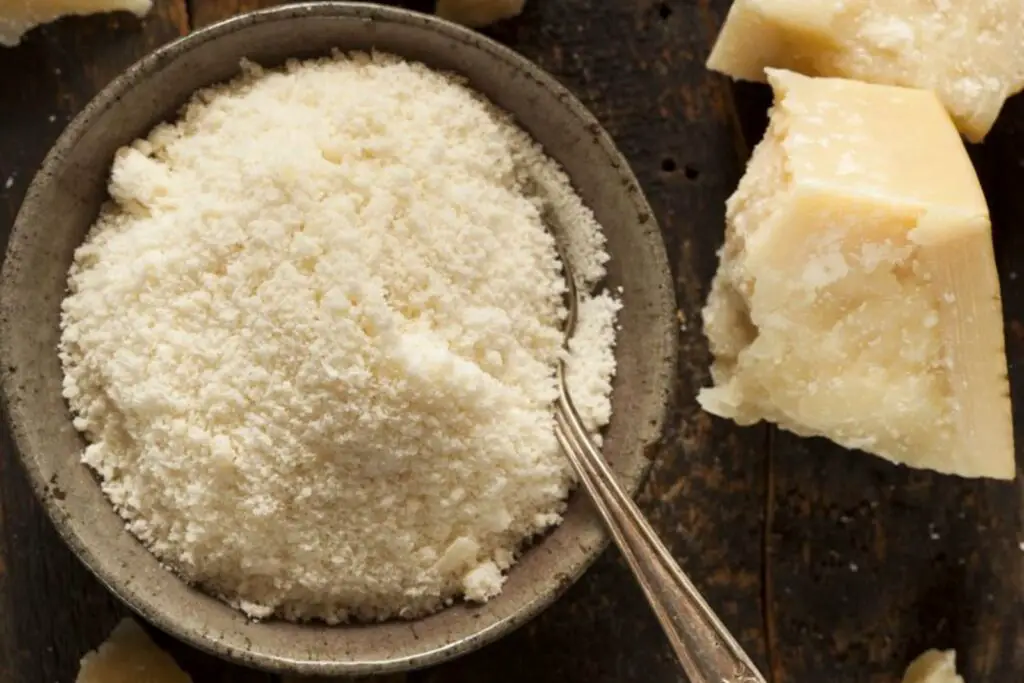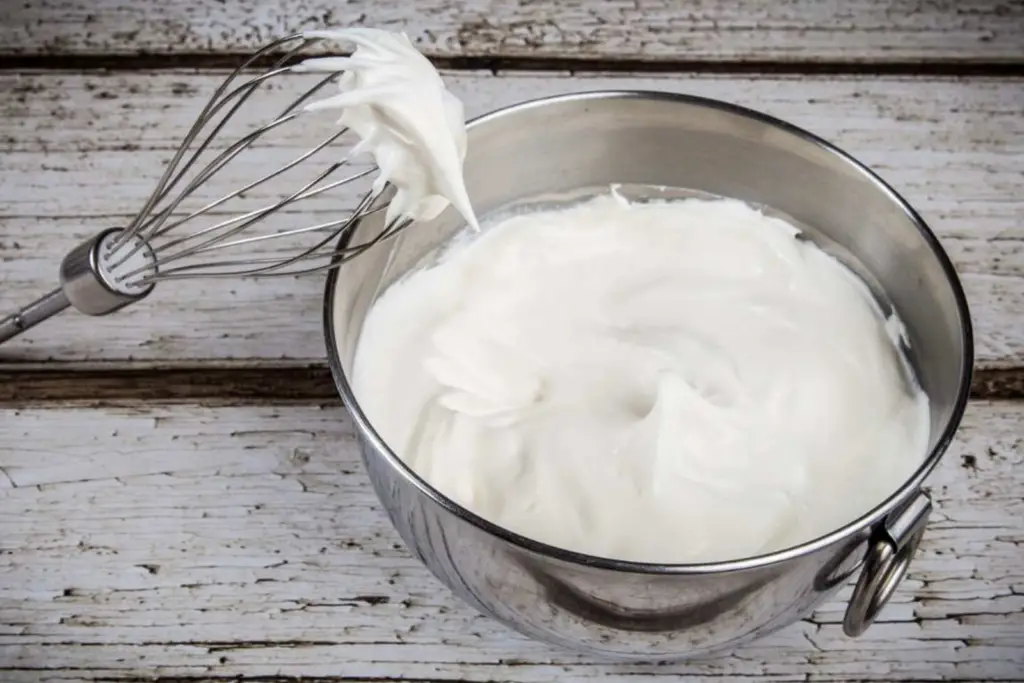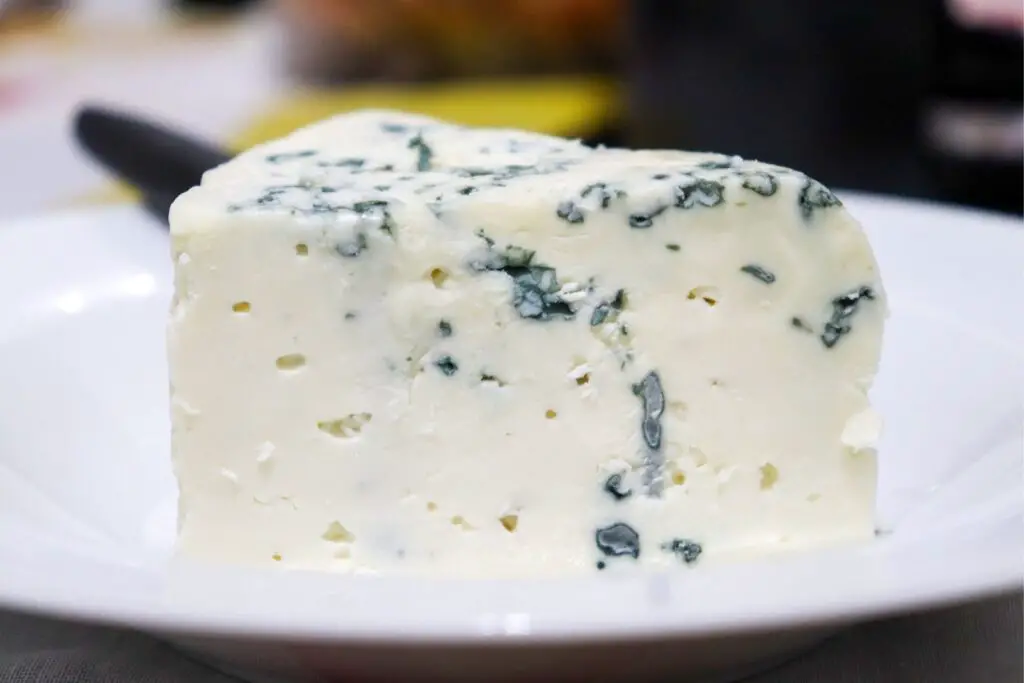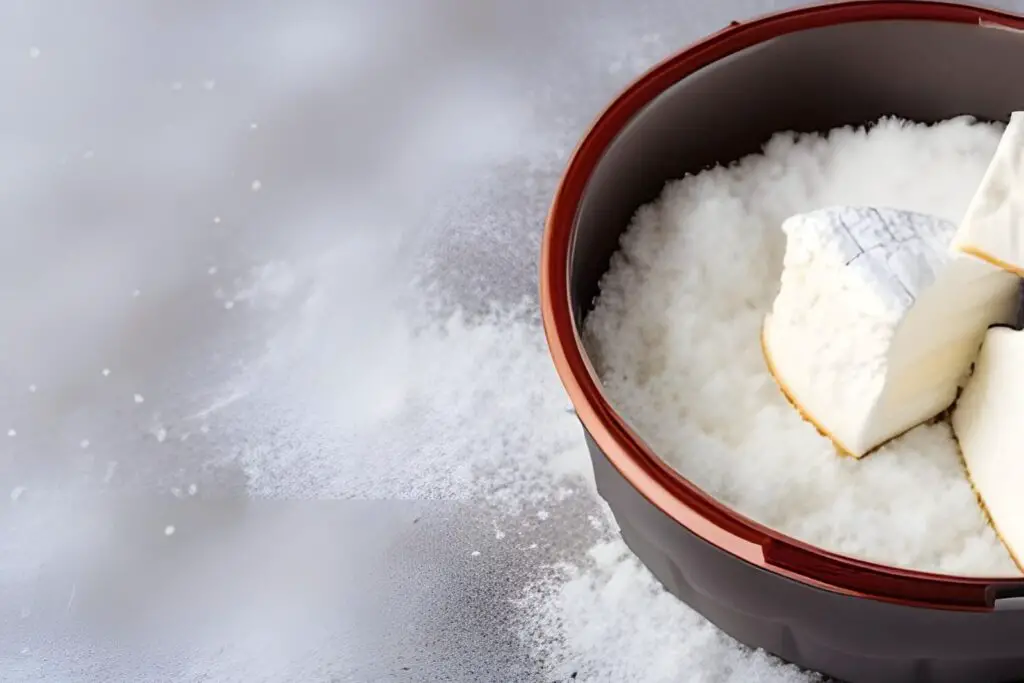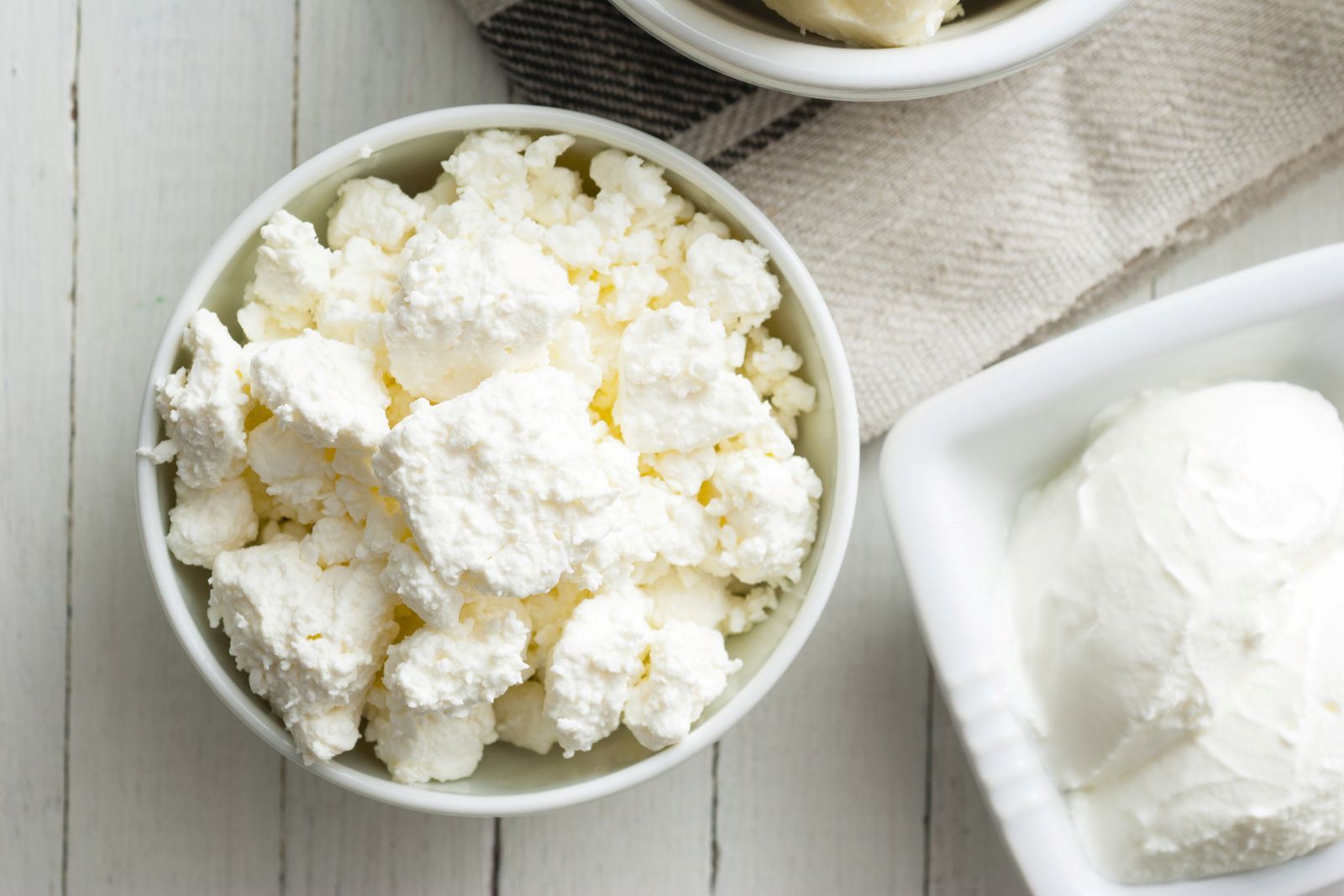
Ricotta cheese is a versatile dairy product with a creamy texture and slightly sweet flavor. It’s commonly used in both sweet and savory dishes, such as lasagna, stuffed pasta, cheesecakes, and more. Freezing ricotta cheese can be a convenient way to extend its shelf life and have it on hand for future culinary creations. By following these simple steps, you can freeze ricotta cheese while maintaining its quality and taste. This article offers a comprehensive guide to freezing ricotta cheese properly, ensuring that it remains perfect for your next cooking venture.
Here’s a step-by-step guide on how to freeze ricotta cheese:
Step 1: Choose fresh ricotta cheese
The first and most crucial step in freezing ricotta cheese is to start with high-quality, fresh ricotta. The quality of the ricotta cheese you choose will significantly impact the results after freezing. Fresh ricotta cheese has a smooth and creamy texture, as well as a delicate flavor that can enhance both sweet and savory dishes. When ricotta is fresh, its moisture content is at an optimal level, which plays a vital role in how well it freezes and thaws.
Inspect the packaging for the expiration date. This date indicates the recommended period during which the cheese is expected to maintain its best quality. Choosing ricotta that is well within its expiration date ensures that the cheese hasn’t begun to deteriorate before freezing.
Beyond the expiration date, pay attention to any signs of spoilage, such as an off-putting odor or visible mold growth. Ricotta cheese that has gone bad will emit a sour or unpleasant smell, indicating bacterial growth. Similarly, any presence of mold, discoloration, or unusual texture could be signs of spoilage and should be avoided.
Fresh ricotta cheese is known to freeze better compared to ricotta that might already be on the brink of spoilage. Its desirable texture and flavor are more likely to be preserved when frozen at their peak quality. This is particularly important if you plan to use the frozen ricotta in dishes where texture matters, such as in lasagnas or stuffed pastas, or if you’re looking to enjoy its creamy taste in desserts like cheesecakes.
Is ricotta cheese suitable for freezing if it’s already close to its expiration date?
Freezing can extend the shelf life, but it’s recommended to freeze ricotta cheese when it’s fresh to preserve its best quality. Frozen near-expiration ricotta might not yield optimal results.
Is there a difference between freezing homemade and store-bought ricotta?
The freezing process is similar for both. However, store-bought ricotta might have additives that affect texture after freezing. Homemade ricotta with minimal additives may freeze even better.
Step 2: Portion and prepare the cheese
Once you’ve selected fresh ricotta cheese, the next step in successfully freezing it is to properly portion and prepare it for storage. This step ensures that you have the right amount of ricotta readily available when you need it and minimizes the risk of waste during the thawing process.
If you’ve purchased a larger container of ricotta than you plan to use all at once, it’s advisable to divide it into smaller portions before freezing. This practice serves two main purposes. Firstly, smaller portions are easier to thaw evenly, reducing the likelihood of texture and moisture changes that can occur when large masses of food thaw slowly. Secondly, dividing the ricotta into smaller portions allows you to thaw only what you need, keeping the rest of the cheese in the freezer undisturbed.
To divide the ricotta, use a clean utensil to scoop out the desired amount into separate portions. If you’re dividing the cheese for specific recipes, consider portioning it according to the measurements required in those recipes. Alternatively, you can divide the ricotta into standard portion sizes that are convenient for various dishes.
When it comes to storage, choose appropriate containers that are specifically designed for freezing. Airtight containers with secure lids or resealable freezer bags are ideal choices. These containers prevent air and moisture from seeping in, which can cause freezer burn and compromise the quality of the ricotta over time.
When using airtight containers, leave a small amount of space at the top to account for potential expansion as the ricotta freezes. If using resealable freezer bags, squeeze out as much air as possible before sealing them to minimize the risk of freezer burn.
Properly portioning and preparing the ricotta cheese before freezing sets the stage for convenient and efficient use later on. By having individual portions neatly stored in suitable containers, you’ll be able to thaw and use exactly the amount you need for your recipes, while the remaining portions remain safely frozen until the next time you require them.
Can I freeze ricotta cheese directly in its original container?
While it’s possible, transferring ricotta to airtight containers or freezer bags with minimal air is recommended to prevent freezer burn and maintain quality.
Can I freeze ricotta cheese in ice cube trays for smaller portions?
Yes, you can freeze ricotta in ice cube trays for convenient smaller portions. Once frozen, transfer the cubes to airtight containers or freezer bags to prevent freezer burn.
Step 3: Seal and protect from freezer burn
After portioning and preparing your ricotta cheese, the next crucial step is to seal it effectively to prevent freezer burn, a common issue that can negatively affect the texture and flavor of frozen foods over time.
Freezer-safe containers, whether airtight plastic containers or resealable freezer bags, play a vital role in preserving the quality of the ricotta during freezing. These containers are designed to keep air and moisture out, safeguarding the cheese from the harsh conditions of the freezer.
When placing the ricotta portions into the containers, ensure that you fill them to an appropriate level. Leaving some space at the top allows the ricotta to expand as it freezes without causing the container to burst.
One of the primary culprits of freezer burn is the presence of air around the food. Air can lead to the formation of ice crystals on the surface of the ricotta, which can dehydrate the cheese and affect its texture and flavor. To combat this, it’s crucial to remove as much air as possible before sealing the containers.
If you’re using airtight plastic containers, press down gently on the surface of the ricotta to minimize any gaps, and then seal the lid securely. Make sure that the lid’s seal is intact and that there are no cracks or gaps that could allow air to enter.
For resealable freezer bags, the process is slightly different. After placing the ricotta portion into the bag, carefully press down on the bag’s surface to expel excess air. Starting from the bottom, slowly seal the bag while continuing to press out the air. This technique ensures that the bag is tightly sealed around the ricotta.
By taking these steps to eliminate excess air and properly seal the containers or bags, you’re significantly reducing the risk of freezer burn. Your ricotta cheese will remain in optimal condition, maintaining its original texture and flavor until you’re ready to use it.
Remember that preventing freezer burn isn’t just about preserving the quality of your ricotta cheese—it’s also about preserving your investment in quality ingredients and ensuring that your future culinary creations are as delicious as you intended.
Step 4: Label and date
As you prepare your ricotta cheese portions for freezing, it’s essential to take a moment to label each container or bag with the current date using a permanent marker. This seemingly simple step holds significant importance in ensuring that you can make the most of your frozen ricotta while it’s still at its best quality.
Ricotta cheese, like many other frozen foods, has a limited freezer life before its quality starts to degrade. While it’s safe to consume frozen ricotta beyond this timeframe, its texture and flavor might undergo changes that could impact its performance in recipes.
By labeling each container with the date, you’re creating a clear record of when the ricotta was frozen. This timestamp serves as a valuable reference point for you to gauge how long the cheese has been in the freezer. As a general guideline, ricotta cheese can maintain its optimal quality for about 2 to 3 months in the freezer. Within this period, the cheese’s texture, moisture content, and flavor are more likely to stay relatively close to their fresh counterparts.
However, it’s worth noting that these timeframes can vary slightly based on factors like the initial quality of the ricotta, the effectiveness of the freezing process, and the storage conditions within your freezer. Therefore, the date label becomes a personalized indicator for you to judge whether the frozen ricotta is still suitable for your intended culinary applications.
By knowing the freezing date, you can better plan your meals and recipes. For instance, if you’re aware that a container of frozen ricotta has been in the freezer for close to the 3-month mark, you might opt to use it in dishes where texture variations are less critical, such as blended soups or casseroles.
Step 5: Freeze
Once you’ve properly portioned, prepared, sealed, and labeled your ricotta cheese portions, it’s time to move them into the freezer. This step marks the beginning of the actual freezing process, during which the ricotta cheese transforms into a conveniently stored ingredient that can be used in various dishes.
As you place the sealed containers or resealable bags of ricotta cheese into the freezer, there are a few key considerations to keep in mind to ensure the best possible results.
Firstly, try to position the containers or bags in a single layer, if possible. Placing them in a single layer allows the cold air within the freezer to circulate more evenly around each portion of ricotta. This promotes faster and more uniform freezing, which is essential for preserving the quality of the cheese.
Furthermore, freezing the ricotta portions in a single layer helps prevent the individual portions from sticking together. When foods freeze and come into direct contact with each other, there’s a risk of them freezing together in clumps. By arranging the portions in a single layer, you reduce the chances of this happening. This is especially important for later convenience—once the ricotta is frozen solid, you can stack the portions on top of each other without worrying about them sticking together.
The initial freezing phase is also critical for maintaining the texture of the ricotta. Rapid freezing helps to form smaller ice crystals within the cheese, which minimizes the potential for cellular damage and the subsequent release of excess moisture when thawed. This is particularly important for ricotta, as its texture plays a significant role in many recipes.
Lastly, by allowing the ricotta portions to freeze individually and in a single layer, you’re setting the stage for easy access in the future. Once the portions are frozen solid, you can confidently stack them in the freezer without the concern of them adhering to each other. This organizational approach makes it convenient to grab just the right amount of ricotta for your cooking needs without having to defrost the entire batch.
Can I freeze ricotta cheese for a long time?
Ricotta cheese can be frozen for about 2 to 3 months while maintaining its best quality. Beyond that, the texture and flavor may change, so it’s recommended to use it within this timeframe.
Step 6: Thaw and use frozen ricotta
After your ricotta cheese has been successfully frozen, the time will come when you want to incorporate it into your recipes. Thawing frozen ricotta properly is essential to maintain its original texture, flavor, and overall quality.
When you’re ready to use the frozen ricotta cheese, the best method for thawing is to transfer the desired portion from the freezer to the refrigerator. This slow and gentle thawing process allows the ricotta to gradually reach a safe temperature without the risk of abrupt changes that could negatively impact its texture and taste.
Placing the frozen ricotta in the refrigerator for several hours or overnight is a reliable approach. During this time, the cheese will gradually defrost as the surrounding temperature slowly rises. This gentle thawing process helps to preserve the integrity of the ricotta’s structure and moisture content.
Avoid the temptation to thaw ricotta cheese at room temperature or using a quick thawing method such as the microwave. Rapid temperature changes can cause the water molecules in the cheese to expand and contract rapidly, potentially resulting in a grainy or watery texture. Additionally, thawing at room temperature could create an environment conducive to bacterial growth, compromising food safety.
The gradual thawing process also allows any excess moisture that may have formed during freezing to be reabsorbed by the cheese, helping to maintain its original consistency.
Can I use frozen ricotta straight from the freezer?
It’s best to thaw frozen ricotta in the refrigerator for several hours or overnight to avoid drastic temperature changes. Thawing gradually preserves its original texture and taste.
Other related questions
Can I refreeze ricotta cheese?
Refreezing ricotta cheese is generally not recommended. Thawed ricotta can undergo texture and flavor changes due to moisture loss. Frequent thawing and refreezing can impact quality and safety.
How do I know if the ricotta cheese has gone bad after being frozen?
Signs of frozen ricotta cheese going bad include sour or off-putting odors, mold growth, and texture changes like excessive graininess or separation of liquids. Ice crystals on the surface can indicate freezer burn. If unsure, trust your senses and discard if quality appears compromised.
Can I use thawed ricotta cheese in all recipes?
Thawed ricotta might have a slightly altered texture. It’s best suited for cooked dishes like casseroles, lasagnas, and baked goods where minor texture changes are less noticeable.
Can frozen ricotta cheese be used in desserts like cannoli filling?
Frozen and thawed ricotta might be slightly different in texture. It’s best suited for cooked dishes where texture variations are less noticeable, but it can still work in some dessert recipes with slight adjustments.
Can I use frozen ricotta cheese as a spread or dip after thawing?
Thawed ricotta might have altered texture, making it less ideal for spreading or dipping. However, blending it into creamy sauces or incorporating it into cooked dishes can still yield great results.
Can I freeze ricotta cheese mixed with other ingredients, like herbs?
Yes, you can freeze ricotta cheese mixed with herbs or other flavorings. Just ensure the mixture is well-sealed and protected to prevent flavor cross-contamination.

